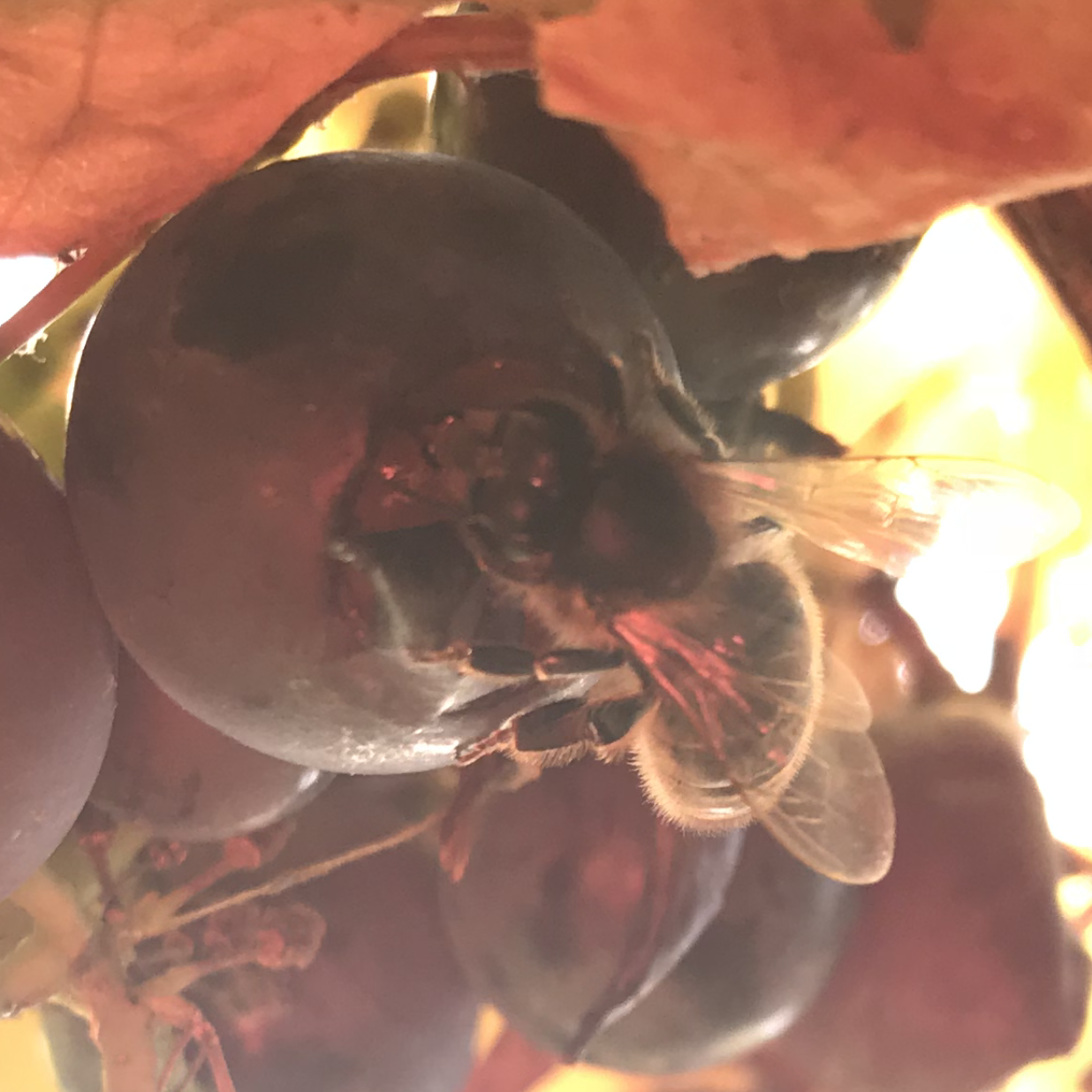Swedish scientists Tobias C. Olofsson and Alejandra Vásquez revealed, together with Tobias’ grandfather, Tage Kimblad, beekeeper for 81 years, the mystery of the folk medicine, honey.
Honeybees use a group of 13 unique and collaborating honeybee Lactic Acid Bacteria to make honey from their collected nectars, the bacteria die off in honey but their produced substances may remain for a short period of time.
One of these novel bacteria was named in honour of Tobias’ grandfather as Lactobacillus kimbladii.


These bacteria are found globally in the honey stomach of honeybees and are essential for honeybee’s health and of key importance in their honey production. They are not present nor alive in any honey or honey products bought in stores or from beekeepers, only the Swedish innovation products (in which they are added), and called the H13microbiome:
L. mellis, L. kunkeei, L. helsingborgensis, L. mellifer, L. apis, L. apinorum, L. kimbladii, L. kullabergensis, L. melliventris, B. coryneforme, B. asteroides Bin2, B. asteroides Bin7 and B. asteroides Hma3.
Changing history
One of Honeybee’s most important lactic acid bacteria, Lactobacillus kunkeei, became known to the world when it destroyed wine production in California and was scientifically described as a bacterium that destroys beverages. It was thought that it came from, by birds, damaged grapes.
J Appl Microbiol. 1998 May;84(5):698-702. Lactobacillus kunkeei sp. nov.: a spoilage organism associated with grape juice fermentations. Edwards CG1, Haag KM, Collins MD, Hutson RA, Huang YC.


No one knew from where or how the bacterium were transmitted to the damaged grapes, but thanks to our research we now know that honeybees leave it and more of their lactic acid bacteria behind when they visit damaged grapes to gather grape juice. But it turned out that this bacterium has been indispensable, for thousands of years, in production and use of the world’s oldest and most useful beverage, ”The Drink of the Gods” our Elixir.
We care about honeybees
Honeybees are threatened today by human impact on them and their environment.
Tobias grew up with beekeeping but has always been against the way we still treat honeybees in beekeeping. Here, Tobias as a researcher sees new opportunities and actively works to change. He has been engaged for a long time in a project that develops better hives and is also actively working for enabling honeybees to eat their own honey instead of the beekeeper’s exchanged sugar during the winter months.
Their own lactic acid bacteria are very important for preventing disease and preserving their food. With our product ”SymBeeotic”, the number of their own lactic acid bacteria can be enhanced when needed.

Learn more about our other innovations and H13 products at our web shop here.